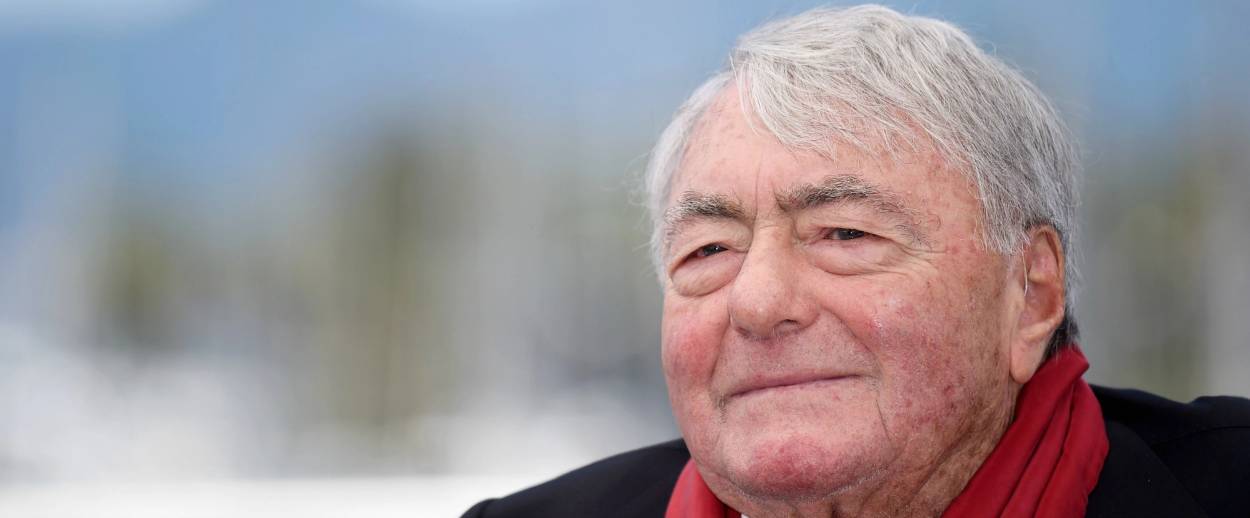A Stone for Claude Lanzmann
We should screen ‘Shoah’ in an endless loop at the museum in Treblinka




On July 5th, as I was leaving Treblinka, one of the six death camps that Nazi Germany built in Poland to murder Europe’s Jews, I learned that the man who most seared in the public mind the true memory of that cruelest engine of death had just died.
Many of the stones in Treblinka’s memorial of hundreds of stones are marked with the names of whole cities and towns, such as Warsaw, whose Jews, about 900,000 in all, were gassed there. Now another should be placed at Treblinka for Claude Lanzmann, the greatest guardian of Treblinka’s memory. It shouldn’t be placed, of course, in the memorial itself, which is a mute statement of remembrance. It should be placed in the nearby museum, which offers little history and even less context. The installation of an endless loop of Lanzmann’s masterpiece of testimony, Shoah, would be a metaphorical stone of Lanzmann’s unique and massive contribution to Holocaust memory.
Shoah, first shown in 1985, 9½ hours long, was an accurate presentation of memory, and a fiercely gripping one. For almost 20 years, Shoah has been a central element in the course I’ve taught on Holocaust memory at George Washington University. In that course, my students and I examine the ways in which the public’s memory of the Holocaust has been formed—both accurately and, especially in recent years, in deeply distorted ways.
Some of the sources of Holocaust memory we study are utterly reliable—the diaries written by Jews in ghettos, nearly all of whom were later murdered. Memoirs, such as Elie Wiesel’s Night, deepen the reality, as do testimonies.
But some sources of Holocaust memory that we study can muddy it, especially commercial films. For a Holocaust-related commercial film to be successful, it usually has to leave the viewer feeling at least some sense of relief, such as the rescue of a thousand Jews by Oskar Schindler, some of whom are shown at the end of the film, with their children, paying homage to his memory at his stone in a Christian cemetery in Jerusalem. Films that are brutally honest fail commercially—such as The Grey Zone, probably the finest Holocaust film ever made. Some films utterly distort Holocaust memory for millions. The worst offender was Life Is Beautiful, which won an Oscar, was seen by many millions around the world, and was a sentimentally saccharine lie. After watching this feel-good creation, some viewers imagined that in the Holocaust Jews routinely joked around and children survived in barracks thinking they were playing games.
When my students study testimonies we encounter a powerful source of knowledge about the Holocaust that creates true Holocaust memory. The videotaped testimonies of survivors are watched, and some survivors visit the class to tell their stories. Every succeeding year it’s harder to find such a visitor; time takes its toll.
But the testimonies preserved in Lanzmann’s Shoah, and the film as a whole, are a source of Holocaust memory in a class by itself. My students experience the wrenching words of survivors uttered in the very places where they were among the few who weren’t murdered. They watch local citizens who knew of the killing operations even as they looked the other way and even as they saw Jews through anti-Semitic lenses. And they watch killers being interviewed. In Shoah, the survivors are far younger than the ones who have been filmed in recent years, far closer to the event itself.
While I was the director of the Holocaust Museum I traveled to Paris to discuss with Lanzmann the use of the hundreds of hours of outtakes of Shoah, which were in numerous canisters on shelves along the wall of his office. I felt that the interviews that hadn’t been used in the film had to be seen. He wanted that, too, and now many are indeed available.
Toward the end of my Holocaust memory course, the students study the ways in which that memory has been denied by anti-Semites; hijacked by government officials, including our own, to further political ends; distorted by nationalists in Eastern Europe who want to cleanse their own countries of the stains left by the participation of their own citizens in murdering Jews; and inverted by enemies of Israel by claiming that the Jewish State is doing to others what others once did to Jews. All this even as survivors of the Holocaust die and their living voices of conscience are stilled.
Except as preserved in great works. And the greatest of them all is Claude Lanzmann’s Shoah, a memorial stone of memory. It should be placed in Treblinka. And it should be placed wherever the Holocaust is taught and remembered.
Walter Reich is the Yitzhak Rabin Memorial Professor of International Affairs, Ethics and Human Behavior at George Washington University and a former director of the United States Holocaust Memorial Museum.